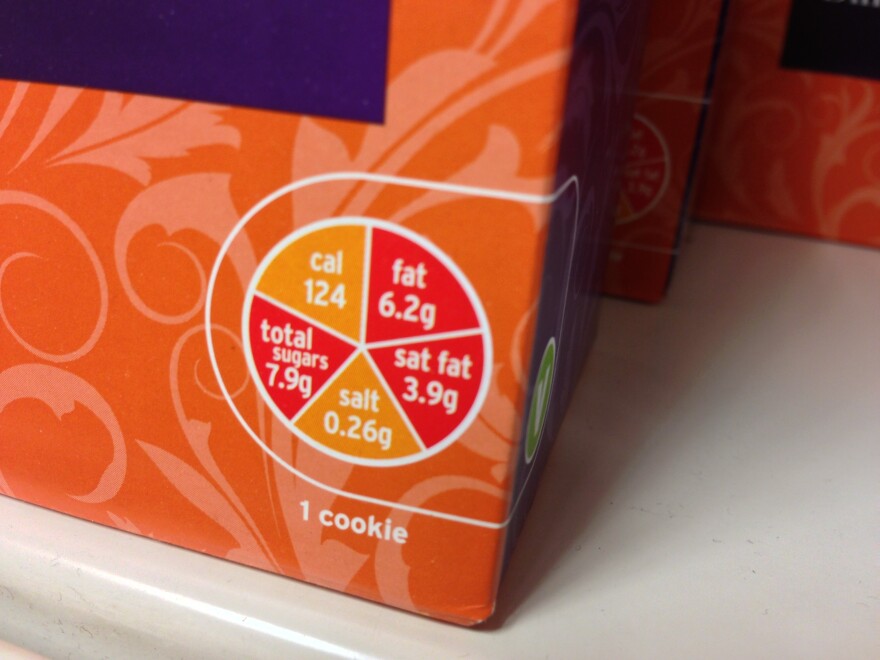Traffic light food labeling, a practice used in Army cafeterias and in food labeling in Britain, is making headlines in the U.S. as studies show its effectiveness in helping people eat a healthier diet. Its simple design makes it easy to understand, but it’s not the end-all solution, cautions a National Institutes of Health (NIH) representative.
With us today on “Take Care” to explore traffic light labeling and its effects is Dr. Charlotte Pratt, a registered dietitian and deputy chief branch and program director for the NIH.
Traffic light food labeling, also called stoplight diet or stoplight nutrition, is used to divide foods into three categories -- green for healthy foods consumers need to eat more of, yellow for foods to be consumed in moderation and red for unhealthy foods to be avoided.
“You shouldn’t eat too much of the red and eat more of the green,” Pratt explained. “People use it mainly for dietary guidance either when you go to grocery stores or cafeterias and school food service.”
The labeling can be used for packaged or fresh products, Pratt said. Originally established in the 1970s by Leonard Epstein, chief of the division of behavioral medicine in the Department of Pediatrics at the University at Buffalo, it started out as a tri-color palette to create an easy-to-follow diet for overweight children, according to the UB website.
“Particularly for children, one wants to make it simple enough so they can easily identify that red is not good, green is better, and yellow is in between,” Pratt said.
Pratt said the traffic light system can be applied to a few areas of one’s diet, like caloric intake or nutrition density. Especially in schools, the practice typically tracks calories.
When Epstein originally created the system, he found that kids tended to eat more green foods if their parents did the same. Recent studies also show some benefits for adults. Two studies published in 2017 found that color-coded front-of-package nutrition labels help to decrease consumer purchases of “red” foods and that widespread use of the system in the country could reduce population intake of calories, total fat, saturated fat and sodium.
In addition, Pratt said, the labeling system is more user-friendly, especially for those in poorer families.
“The simplicity of it makes it easy for low-income people who cannot count calories or people who are low literacy level,” she said.
Pratt cautioned that the labels, while helpful, can sometimes be too simplistic to be taken at face value. For example, a zero-calorie beverage (i.e., diet soda, flavored water) may be labeled as “green” but use artificial sweeteners that increase appetite for high-calorie foods. Because of this, she recommends using the system in conjunction with other dietary monitoring resources.
“There are some limitations of making it so simple, but in cases where it’s supported with some dietary counseling and some emphasis making sure that people are doing the right thing -- continuous monitoring -- I think that helps,” Pratt said.
The system comes with its fair share of controversy, especially after WW, the rebrand of Weight Watchers, used it in Kurbo, an app designed to tackle childhood obesity. Since the system often emphasizes calories, parents were concerned it would spark an early obsession with counting calories, a practice that could lead to eating disorder development.
Pratt said the best way to use this system effectively is to use it as a guide in conjunction with other resources like dietitians and nutritionists. More research is needed, and Pratt said it’s ultimately an important tool for people looking to have more control over their diet.
“It’s helpful to watch your caloric intake, your sugar intake, that sort of thing,” Pratt said.





